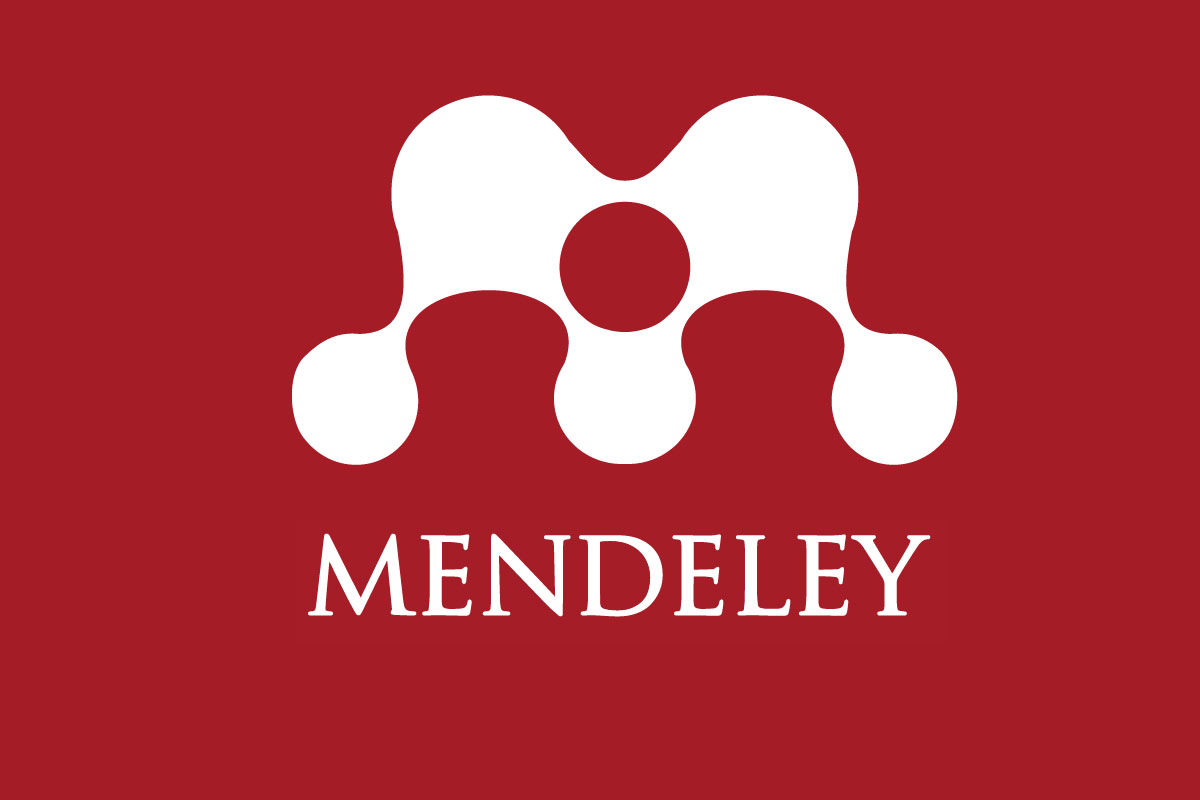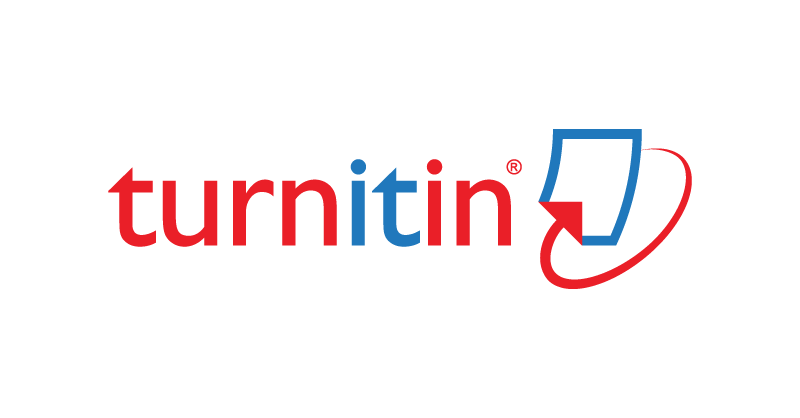Hubungan Antara Indeks Massa Tubuh dan Kadar Hemoglobin pada Remaja Putri
DOI:
https://doi.org/10.58353/jurinse.v2i2.125Keywords:
Adolescents, Anemia, BMI, Haemoglobin, ObesityAbstract
Background: Obesity in adolescents is a global health problem with cases increasing, especially in the Asian region. Obesity has a broad impact on health Obesity in adolescents is a risk factor for obesity in adulthood and is known to contribute to hematological changes, including hemoglobin (Hb) levels. Objective: to determine the relationship between Body Mass Index (BMI) and hemoglobin levels in female adolescents. Methods: This research is a correlation study between BMI values and Hb levels. Data collection on BMI and Hb levels will be carried out on adolescent subjects from the Bantul and Yogyakarta regions. The number of research subjects was 34 young women. Results: The average BMI for young women is 23.4 kg/m2. The average Hb level is 13 gr/dL with the highest value being 15 gr/dL and the lowest being 9 gr/dL. The correlation coefficient between BMI and Hb levels was 0.013 with a p value of 0.942. Conclusion: There is no relationship between BMI values and hemoglobin levels in female adolescents.
References
World Obesity Federation, “Atlas of Childhood Obesity. October 2019,” Atlas of Childhood Obesity, no. October, p. 95, 2019.
J. Bentham et al., “Worldwide trends in body-mass index, underweight, overweight, and obesity from 1975 to 2016: a pooled analysis of 2416 population-based measurement studies in 128•9 million children, adolescents, and adults,” The Lancet, vol. 390, no. 10113, pp. 2627–2642, 2017, doi: 10.1016/S0140-6736(17)32129-3.
Kemenkes RI, “Laporan Riskesdas 2018 Kementrian Kesehatan Republik Indonesia,” Laporan Nasional Riskesdas 2018, vol. 53, no. 9. pp. 154–165, 2018.
A. R. Kansra, S. Lakkunarajah, and M. S. Jay, “Childhood and Adolescent Obesity: A Review,” Frontiers in Pediatrics, vol. 8, no. January, pp. 1–16, 2021, doi: 10.3389/fped.2020.581461.
C. of D. C. and Prevention, “Defining Adult Overweight & Obesity,” Overweight and Obesity, pp. 7–8, 2022.
C. Thomas and A. B. Lumb, “Physiology of haemoglobin,” Continuing Education in Anaesthesia, Critical Care and Pain, vol. 12, no. 5, pp. 251–256, 2012, doi: 10.1093/bjaceaccp/mks025.
Kementrian Kesehatan Republik Indonesia, Pedoman Pencegahan dan Penanggulangan Anemia pada Remaja Putri dan Wanita Usia Subur. 2018.
J. M. Moussoki et al., “Impact of Obesity on Hematological Parameters in Adolescents in Brazzaville, Congo,” OALib, vol. 10, no. 04, pp. 1–13, 2023, doi: 10.4236/oalib.1109816.
H. R. Jeong, H. L. Sang, Y. S. Shim, and J. S. Hwang, “Positive Associations between Body Mass Index and,” Children, vol. 9, no. 109, pp. 1–14, 2022.
N. B. Lister et al., “Child and adolescent obesity,” Nature Reviews Disease Primers, vol. 9, no. 1, 2023, doi: 10.1038/s41572-023-00435-4.
H. Jebeile, A. S. Kelly, G. O’Malley, and L. A. Baur, “Obesity in children and adolescents: epidemiology, causes, assessment, and management,” The Lancet Diabetes and Endocrinology, vol. 10, no. 5, pp. 351–365, 2022, doi: 10.1016/S2213-8587(22)00047-X.
L. Panawala, “What is the Function of Hemoglobin in the Human Body PAN Biotech?: PANFect Reagents Efficient Cell Transfection What is the Structure of Hemoglobin,” Pediaa, vol. 3, no. 2, pp. 1–7, 2017.
Nasrullah, N. Khalid, and R. K. Iqbal, “Anemia Symptoms, Causes, Prevention, Diagnosis and Treatment,” Journal of Biomedical Engineering Research, vol. 1, no. 1, pp. 13–16, 2019.
P. H. Nutrition and W. Ob, “Invited Commentary Obesity , iron deficiency and anaemia?: a complex relationship,” vol. 23, no. 10, pp. 1703–1704, 2020, doi: 10.1017/S1368980019004981.
A. K. P. Acharya, Sephali, Minati Patnaik, Snigdha Prava Mishra, “Correlation of hemoglobin versus body mass index and body fat in young adult female medical students,” National Journal of Physiology, Pharmacy and Pharmacology 8, vol. 10, pp. 1371–1371, 2018.
A. Elmugabil, D. A. Rayis, R. E. Abdelmageed, I. Adam, and G. I. Gasim, “High level of hemoglobin, white blood cells and obesity among Sudanese women in early pregnancy: A cross-sectional study,” Future Science OA, vol. 3, no. 2, 2017, doi: 10.4155/fsoa-2016-0096.
Kamruzzaman M, “Is BMI associated with anemia and hemoglobin level of women and children in Bangladesh: A study with multiple statistical approaches,” PloS one. ., vol. Oct 28, no. 16(10):e0259116, 2021.
H. A. Ghadiri-Anari, A., Nazemian, N., & Vahedian-Ardakani, “Association of body mass index with hemoglobin concentration and iron parameters in Iranian population.,” International Scholarly Research Notices, 2014.
N. W. Sekar Ratry Nurramadhani, Fillah Fithra Dieny, Etisa Adi Murbawani, A Fahmy Arif Tsani, Deny Yudi Fitranti, “Status Besi dan Kualitas Diet berdasarkan Status Obesitas pada Wanita Usia Subur di Kota Semarang,” Amerta Nutrition, vol. 3, no. 4, pp. 247–256, 2019, doi: 10.20473/amnt.v3i4.2019.247-256.
R. Indriasari and N. Jafar, “KONSUMSI TANIN DAN FITAT SEBAGAI DETERMINAN PENYEBAB ANEMIA PADA REMAJA PUTRI DI SMA NEGERI 10 MAKASSAR Consumption Tannins and Phytic as A Determinant Anemia in Female Adolescent in SMA 10 Makassar,” vol. 6, pp. 50–58.
D. S. Purwanto, “Peran Hepsidin Sebagai Regulator Metabolisme Besi,” Jurnal Biomedik (Jbm), vol. 4, no. 2, 2013, doi: 10.35790/jbm.4.2.2012.756.
E. Aigner, A. Feldman, and C. Datz, “Obesity as an emerging risk factor for iron deficiency,” Nutrients, vol. 6, no. 9, pp. 3587–3600, 2014, doi: 10.3390/nu6093587.
Downloads
Published
Issue
Section
License
Copyright (c) 2023 Jurnal Indonesia Sehat

This work is licensed under a Creative Commons Attribution-ShareAlike 4.0 International License.








